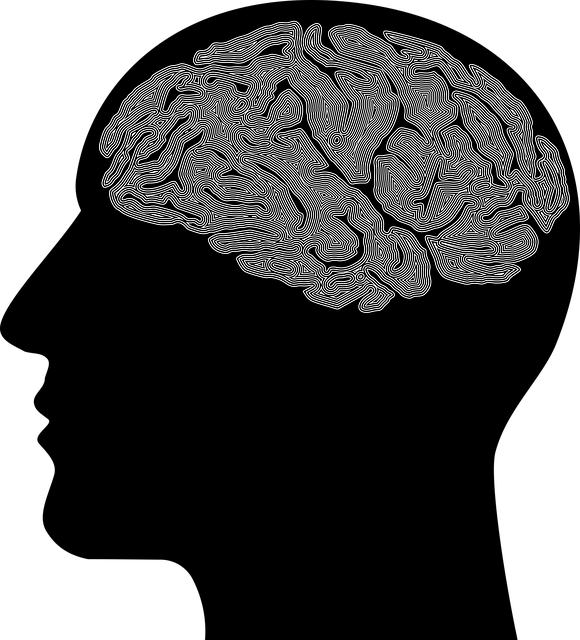Understanding mental health data in the context of Aurora Workplace Issues and Job Stress Therapy requires utilizing structured assessment tools, proper data preparation, and advanced analytics techniques. This approach uncovers workplace-related stress trends, informs policy decisions, and guides targeted interventions to support employee well-being. By analyzing data from various sources, identifying systemic issues, and implementing evidence-based strategies, Aurora can enhance its therapy programs, improve outcomes, and foster a culture of holistic mental health support within organizations.
In today’s digital age, analyzing mental health data is transforming how we address workplace issues and job stress. This article delves into the intricate process of understanding and interpreting this data, offering valuable insights for therapists and organizations alike. We explore effective collection and preparation methods, advanced analytical techniques tailored to Aurora Workplace Issues, and practical strategies for implementing data-driven job stress therapy. By harnessing the power of mental health data analysis, we can foster healthier workplaces and improve employee well-being.
- Understanding Mental Health Data: Collection and Preparation
- Advanced Techniques for Data Analysis in Workplace Issues
- Interpreting Findings and Implementing Effective Therapy Strategies
Understanding Mental Health Data: Collection and Preparation

Understanding Mental Health Data begins with recognizing that data collection methods significantly impact analysis accuracy. In the context of Aurora Workplace Issues and Job Stress Therapy, various sources contribute to mental health data, including employee self-reports, clinical assessments, and organizational records. To ensure meaningful insights, it’s crucial to employ structured data collection tools tailored for mental health assessments. This process involves pre-screening questionnaires, in-depth interviews, or digital platforms designed to capture nuanced emotional experiences, stress factors, and Self-Care Practices within the workplace.
Proper data preparation is an integral step that involves cleaning, coding, and categorizing collected information. This process addresses inconsistencies, errors, or missing values, ensuring a robust dataset for analysis. For instance, employing qualitative analysis techniques on textual responses from employee surveys can uncover themes related to Trauma Support Services or Emotional Regulation. By meticulously preparing the data, researchers and practitioners gain valuable insights into workplace-related mental health concerns, enabling them to develop targeted interventions that promote healthier environments and support employees’ well-being.
Advanced Techniques for Data Analysis in Workplace Issues

In the realm of Aurora Workplace Issues, advanced data analysis techniques play a pivotal role in identifying and addressing job-related stress and its impact on mental health. These methods go beyond basic statistical analysis to uncover hidden patterns and trends that can significantly influence employee well-being. By leveraging sophisticated algorithms and machine learning models, organizations can gain deep insights into the factors contributing to anxiety relief or emotional healing processes within their workforce. This allows for more targeted interventions and tailored job stress therapy programs.
The integration of advanced analytics in mental health policy analysis and advocacy is likewise transformative. It enables policymakers and advocates to make data-driven decisions that strengthen Mental Health Policy frameworks. By examining large datasets, they can identify at-risk groups and design effective strategies to promote emotional healing processes on a broader scale. This comprehensive approach ensures that resources are allocated efficiently, addressing not just individual workplace issues but also fostering a culture of holistic mental health support in the organization and beyond.
Interpreting Findings and Implementing Effective Therapy Strategies

Interpreting findings from mental health data analysis is a critical step in devising effective therapy strategies. By identifying patterns and trends within the collected information, healthcare providers can gain valuable insights into the specific needs and challenges faced by individuals or communities. For instance, an analysis of employee records at Aurora Workplace Issues and Job Stress Therapy might reveal elevated stress levels among certain departments, highlighting systemic issues that require targeted interventions. This data-driven approach ensures that therapy strategies are tailored to address root causes rather than merely treating symptoms.
Implementing these evidence-based strategies requires a multifaceted approach. Mental health professionals should participate in ongoing Healthcare Provider Cultural Competency Training to better understand and accommodate diverse client populations. Additionally, integrating Mental Health Education Programs Design into therapy sessions can empower individuals with coping mechanisms and self-care practices. Moreover, Risk Management Planning for Mental Health Professionals is essential to safeguard both practitioners and clients from potential risks and ensure a safe therapeutic environment.
Mental health data analysis is a powerful tool for identifying trends, understanding employee needs, and implementing effective therapy strategies. By effectively collecting, preparing, and interpreting data through advanced techniques like those discussed for Aurora Workplace Issues and job stress therapy, organizations can foster healthier, more productive environments. This holistic approach ensures that support is tailored to the unique challenges faced by their workforce, ultimately leading to improved mental well-being and overall organizational success.











